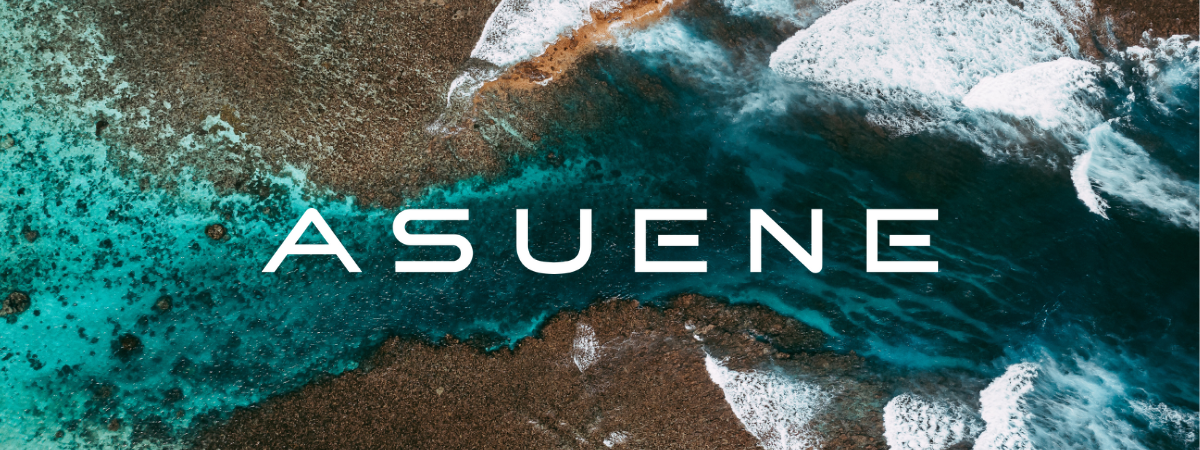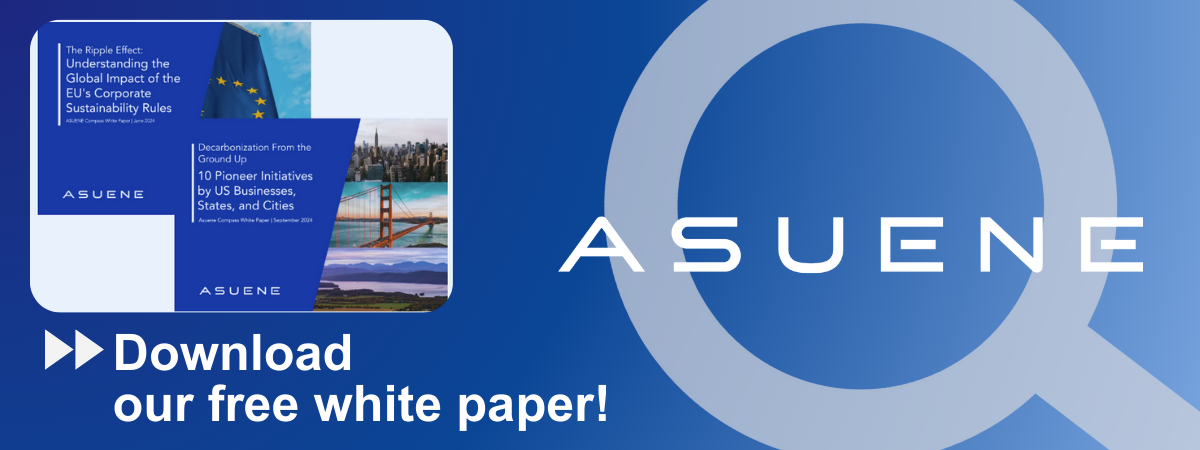- Article Summary
-
Overview
In recent years, wildfires have evolved from seasonal hazards to year-round threats across much of the globe. From the American West to Southern Europe and Australia, the trend is clear: fire seasons are expanding, intensifying, and becoming increasingly unpredictable.
The year 2024 marked a new benchmark in wildfire severity. These developments are more than coincidences, they are clear symptoms of a warming world, presenting serious implications for corporate strategy and operations.
This article explores which industries are most at risk, how companies can assess and manage wildfire threats using frameworks like the TCFD, and real-world case studies of businesses that have already taken action.
Understanding the Rising Wildfire Risk
Climate change is making wildfires more intense and more frequent. Warmer temperatures dry out vegetation and soil, turning landscapes into flammable fuel. This creates ideal conditions for wildfires to start and spread quickly, affecting large areas and disrupting business operations.
The number of “fire weather” days (hot, dry, and windy conditions) has increased significantly since 2000 and continues to rise. These changes are already impacting corporate assets, supply chains, and workforce safety.

Industries Most Affected by Wildfire Risk
Certain sectors face a heightened level of risk from wildfires and must treat this threat as a material business issue:
- Agriculture and Forestry: At risk of crop loss, smoke contamination, and disrupted harvesting.
- Energy and Utilities: Infrastructure vulnerability, wildfire ignition liability, and grid instability.
- Real Estate and Construction: Asset damage, increased insurance premiums, and regulatory challenges.
- Tourism and Hospitality: Reduced bookings, seasonal volatility, and customer safety concerns.
- Logistics and Retail: Supply chain interruptions and reduced inventory flow.
- Manufacturing: Factory shutdowns and component delays due to transportation or power outages.
These industries must integrate fire resilience into site selection, operational planning, and insurance strategies.
How Companies Can Prepare Using the TCFD Framework
The TCFD helps companies understand and manage the risks from wildfires and other climate-related threats. To start, businesses should identify where wildfires could impact their facilities, supply chains, or daily operations by reviewing past fire events and using climate forecasts.
Next, they should evaluate how vulnerable key assets like factories, suppliers, and transport routes are to fire. It’s important to consider what would happen if these assets were damaged or disrupted.
Companies should then estimate potential financial losses under different wildfire scenarios. This allows them to prepare for possible costs and decide where to invest in protective measures.
With this information, wildfire risks should be integrated into the company’s overall business strategy. Senior leaders must stay informed and ensure that wildfire preparedness is part of the organization’s long-term planning.
Finally, companies should share this information openly with investors and stakeholders. Clear communication builds trust and shows that the company is proactive about managing climate risks.
Corporate Case Studies: Managing Wildfire Risk
| Company | Actions Taken |
|---|---|
| Pacific Gas & Electric (PG&E) | Introduced Public Safety Power Shutoffs and vegetation management protocols; investing over $20 billion in infrastructure hardening. |
| Patagonia | Integrated fire response strategies into logistics and sourcing; partnered with NGOs for supply chain resilience. |
| IKEA | Launched forest stewardship programs in fire-prone regions; reassessed facility vulnerability as part of climate risk disclosures. |
These examples demonstrate how forward-thinking companies are not only reducing their exposure to wildfire risk but also leading on climate transparency and resilience.
Conclusion: Corporate Leadership in the Age of Fire
As climate change accelerates, wildfires are becoming a structural risk that can no longer be addressed seasonally. The TCFD provides a clear roadmap for integrating wildfire risk into core strategy, governance, and disclosure.
Industries across the economy must take the initiative—assessing physical threats, investing in adaptive infrastructure, and engaging stakeholders through transparent communication. Wildfire preparedness is now a cornerstone of responsible and resilient business leadership.
Businesses that act today are more likely to thrive tomorrow in an increasingly fire-prone world.
Why Work with ASUENE Inc.?
Asuene is a key player in carbon accounting, offering a comprehensive platform that measures, reduces, and reports emissions, including Scope 1-3, with expertise in decarbonization. Asuene serves over 10,000 clients worldwide, providing an all-in-one solution that integrates GHG accounting, ESG supply chain management, a Carbon Credit exchange platform, and third-party verification.
ASUENE supports companies in achieving net-zero goals through advanced technology, consulting services, and an extensive network.


